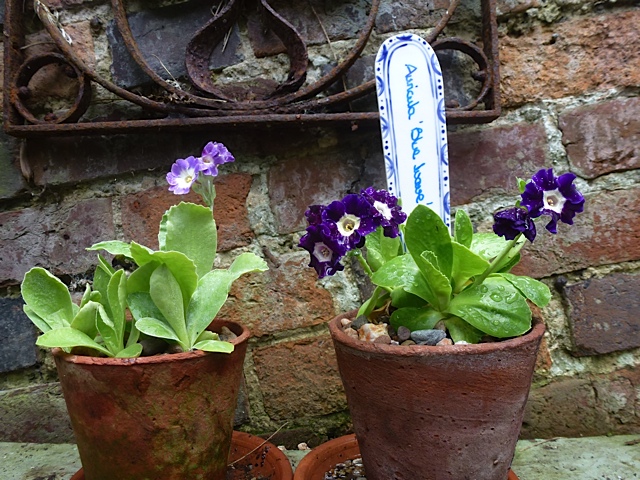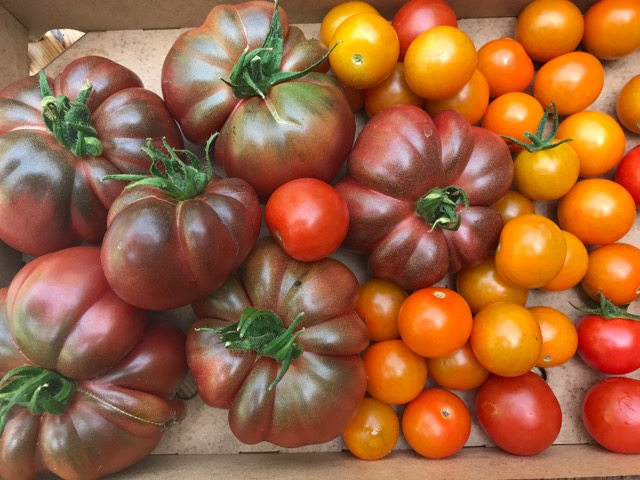-
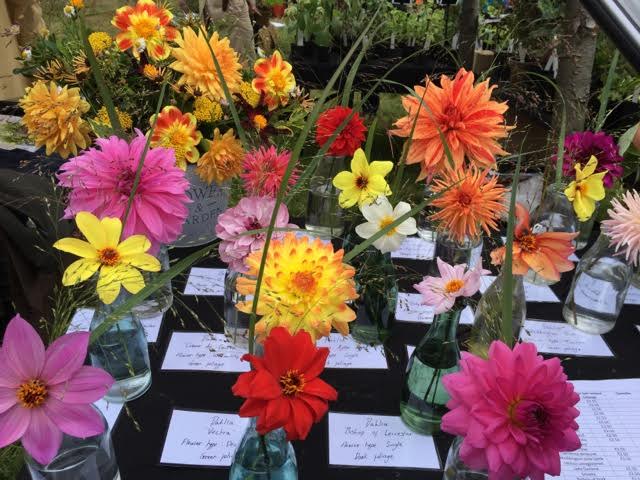
Using Colour in the Garden
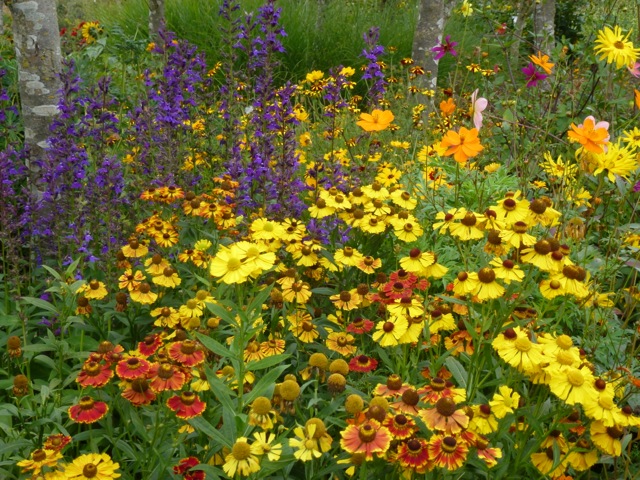
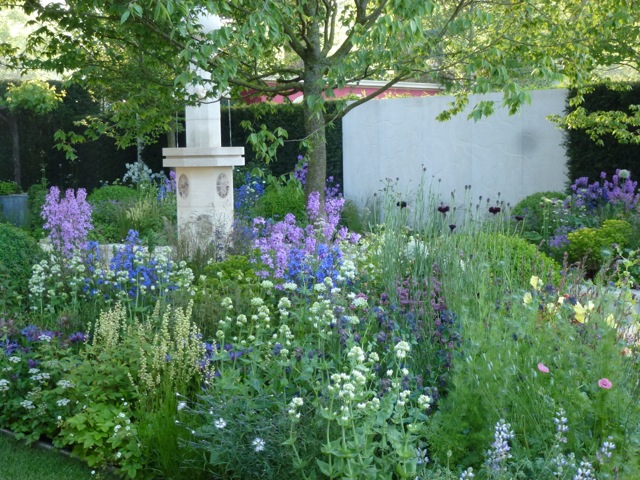 Colour really is a matter of personal taste – if you like a riotous mix and your neighbour prefers something more muted – neither of you is right or wrong – you just like different things. And wouldn’t life be boring if we all liked the same thing? Sometimes though, you know the effect you are trying to create but it doesn’t quite work – that vibrant mix you were after looks too strident, or the subtle combination you had in mind verges on the insipid. It’s a dilemma most gardeners face from time to time, but rather than muddling on and hoping for the best, a basic understanding of colour theory might help. You may find you just need to add an extra colour to liven things up, or cool them down – or you may realise that colours you want to put together are always going to look wrong. But why?
Colour really is a matter of personal taste – if you like a riotous mix and your neighbour prefers something more muted – neither of you is right or wrong – you just like different things. And wouldn’t life be boring if we all liked the same thing? Sometimes though, you know the effect you are trying to create but it doesn’t quite work – that vibrant mix you were after looks too strident, or the subtle combination you had in mind verges on the insipid. It’s a dilemma most gardeners face from time to time, but rather than muddling on and hoping for the best, a basic understanding of colour theory might help. You may find you just need to add an extra colour to liven things up, or cool them down – or you may realise that colours you want to put together are always going to look wrong. But why?The Colour Wheel
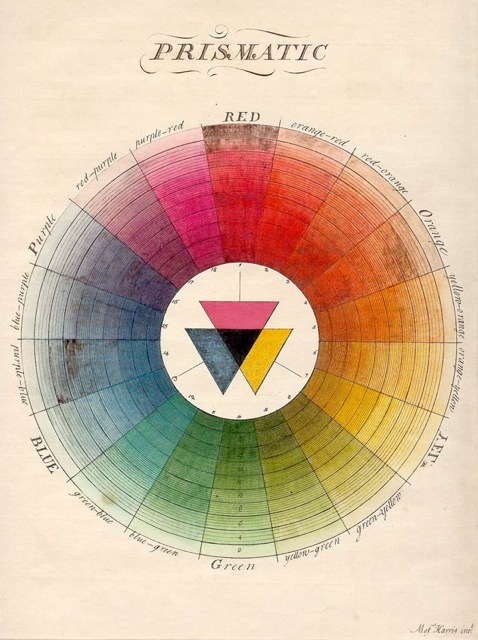 The colour wheel is a wonderfully graphic way of understanding the way that colours work with one another. In a nutshell the colours that are opposite one another on the wheel are called contrasting or complementary colours. When they are used together they intensify the effect – for example red flowers look much brighter against a green background.
The colour wheel is a wonderfully graphic way of understanding the way that colours work with one another. In a nutshell the colours that are opposite one another on the wheel are called contrasting or complementary colours. When they are used together they intensify the effect – for example red flowers look much brighter against a green background.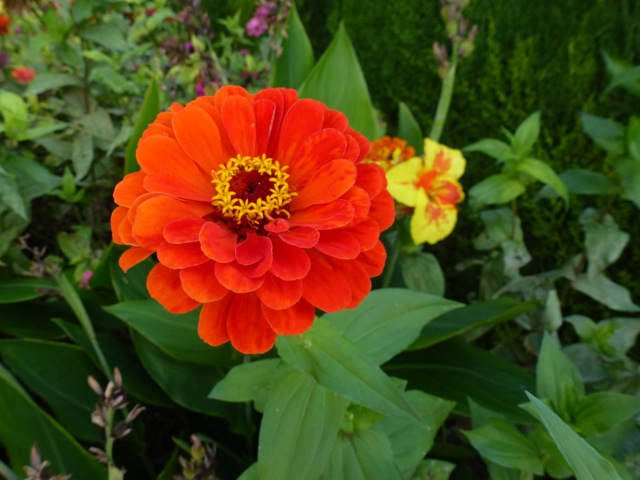
The colours that are adjacent to one another harmonise and blend with one another in an altogether calmer and subtler fashion. Using whites, blues and pinks in a garden border echoes the way these colours associate on the colour wheel.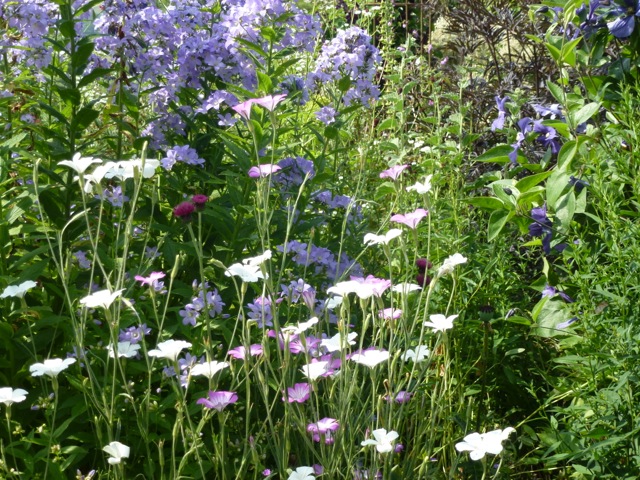 The most difficult colours to plant together are the primary colours red, blue and yellow.
The most difficult colours to plant together are the primary colours red, blue and yellow.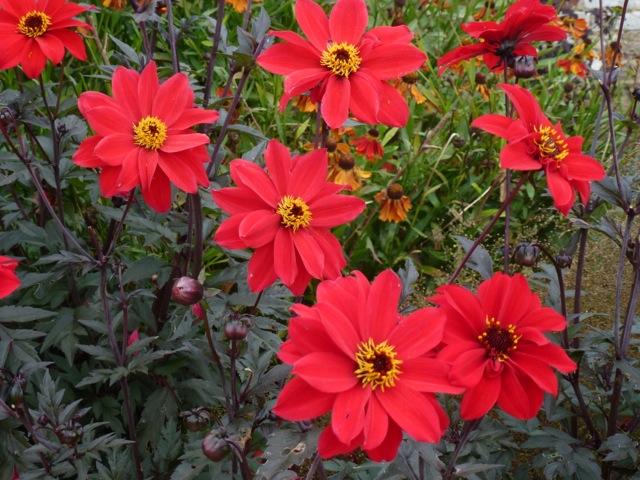
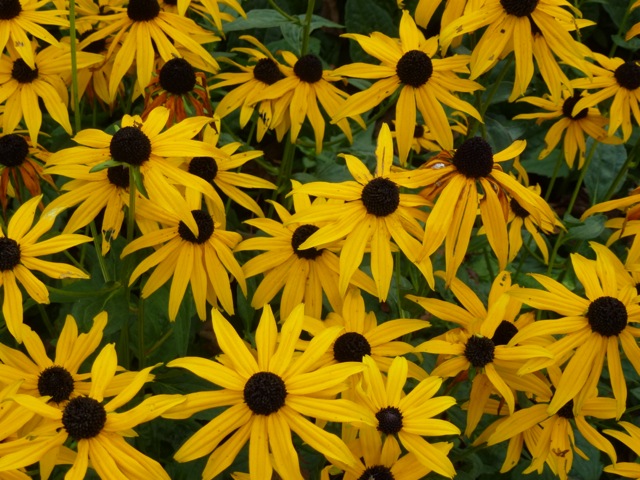
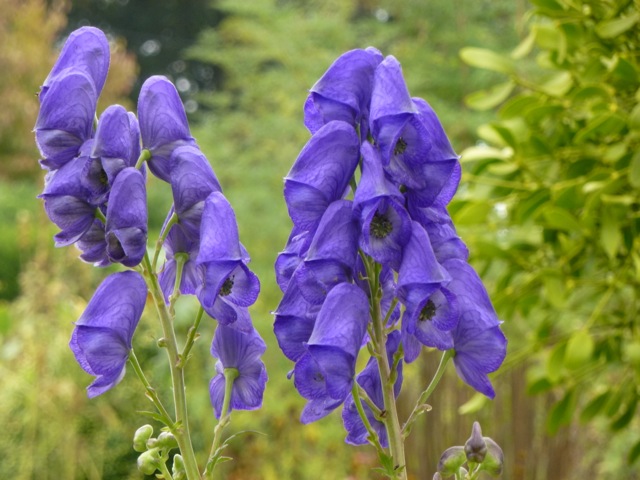
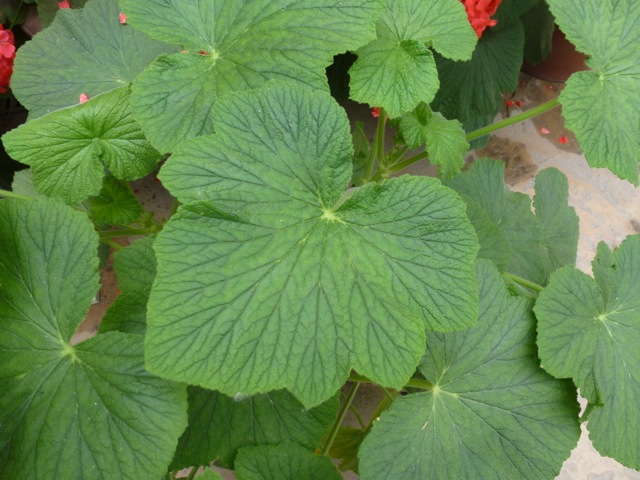
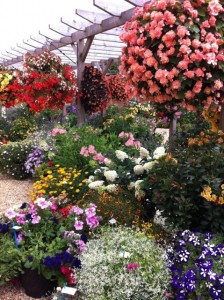 Green foliage does help, but white doesn’t. It tends to produce the ‘fruit salad effect’ as if everything has been flung together in the hope that somehow the result will look ok, but it generally doesn’t.
Green foliage does help, but white doesn’t. It tends to produce the ‘fruit salad effect’ as if everything has been flung together in the hope that somehow the result will look ok, but it generally doesn’t.
White needs to be accompanied by paler colours or it will fight the primary colours.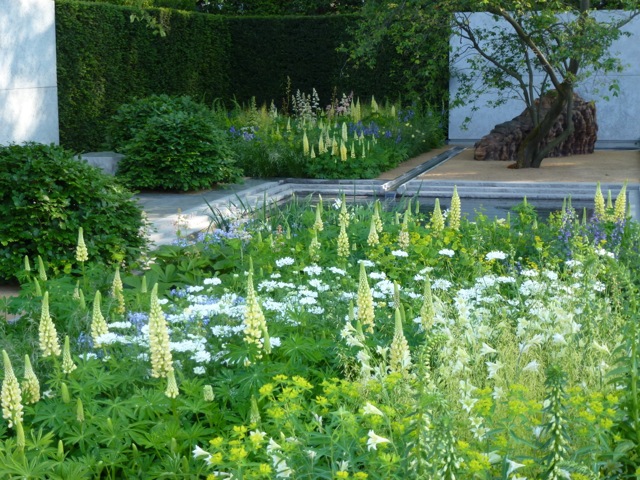
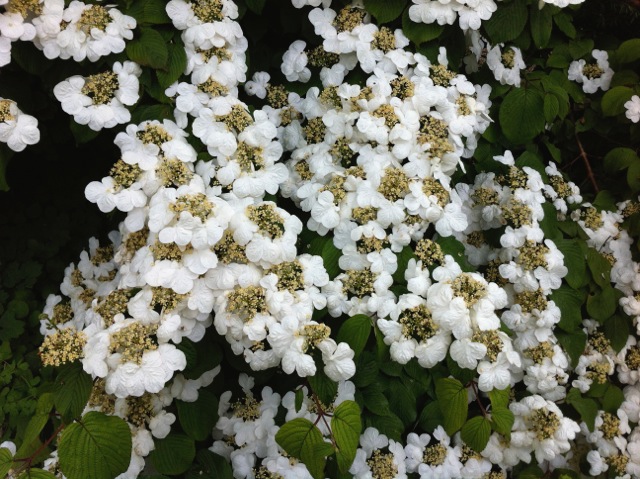 Monochrome plantings are quite tricky to pull off, but done well they look terrific. The secret to success is to vary the shades of the basic palette – a yellow planting scheme needs one dominant colour with variations of shade woven in and perhaps a touch of blue for added drama. And don’t forget that green will be present too and that it ranges from acid yellow tones to blue shades, all of which will create a different effect. White borders are perennially popular, but if you look closely at the best examples you will find that along with the white and green, there will be pale creams and yellows and maybe pastel pinks or blues, all of which ensure the planting scheme is monochrome rather than monotonous – and once again the odd pop of brighter or deeper colour won’t go amiss – it will help emphasise the overall whiteness.
Monochrome plantings are quite tricky to pull off, but done well they look terrific. The secret to success is to vary the shades of the basic palette – a yellow planting scheme needs one dominant colour with variations of shade woven in and perhaps a touch of blue for added drama. And don’t forget that green will be present too and that it ranges from acid yellow tones to blue shades, all of which will create a different effect. White borders are perennially popular, but if you look closely at the best examples you will find that along with the white and green, there will be pale creams and yellows and maybe pastel pinks or blues, all of which ensure the planting scheme is monochrome rather than monotonous – and once again the odd pop of brighter or deeper colour won’t go amiss – it will help emphasise the overall whiteness.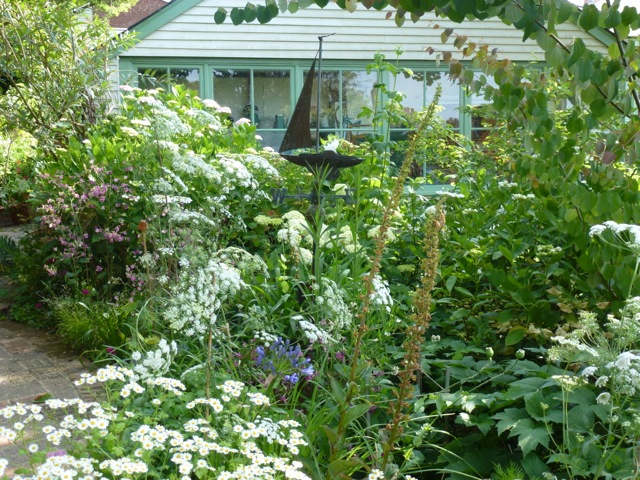
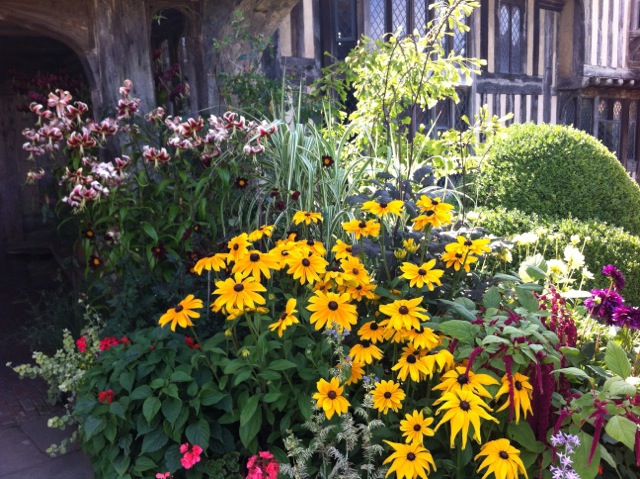
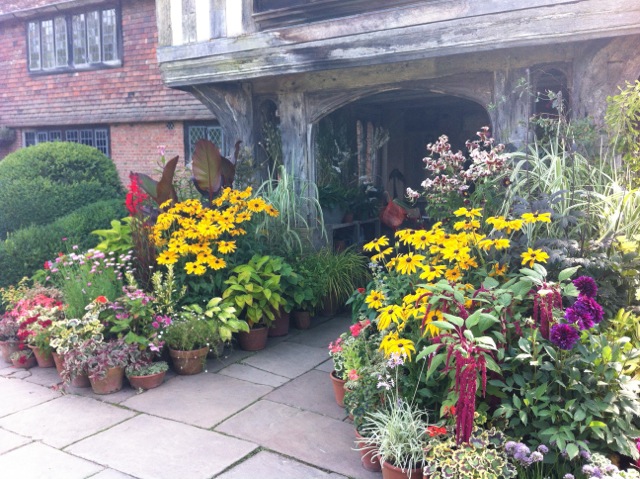 Warm & Cool Colours – A quick glance at the colour wheel will show the warm colours in the upper half with the cooler colours below. They are also known as Advancing and Receding Colours. This is because warm colours seem closer than they actually are. This property can be used to make a large space seem more intimate and is also useful when you want to draw the eye towards a particular feature or away from an eyesore. Warm colours have an energising effect .
Warm & Cool Colours – A quick glance at the colour wheel will show the warm colours in the upper half with the cooler colours below. They are also known as Advancing and Receding Colours. This is because warm colours seem closer than they actually are. This property can be used to make a large space seem more intimate and is also useful when you want to draw the eye towards a particular feature or away from an eyesore. Warm colours have an energising effect . 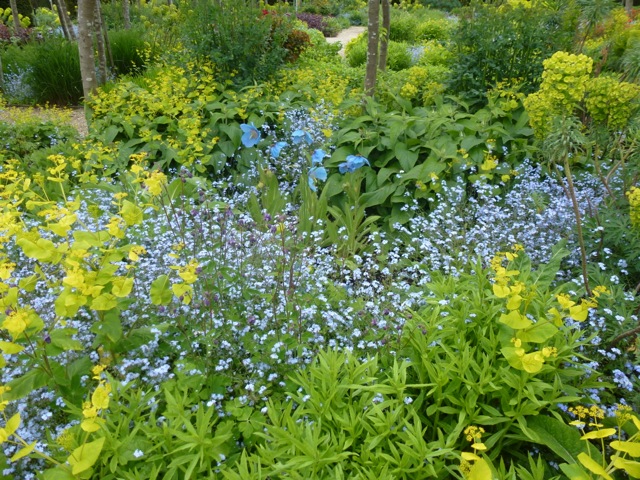
Cool colours on the other hand appear to recede and be further away and will have a calming and soothing effect. They can create the illusion of space in a small garden.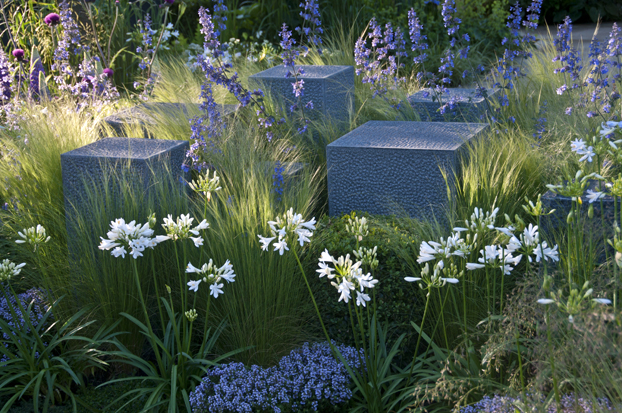
© Michelle Garrett
Finally, all colours, whether warm or cool have a range of warmth or coolness, so whatever your taste, you will be able to find a colour palette to suit your own preferences.




